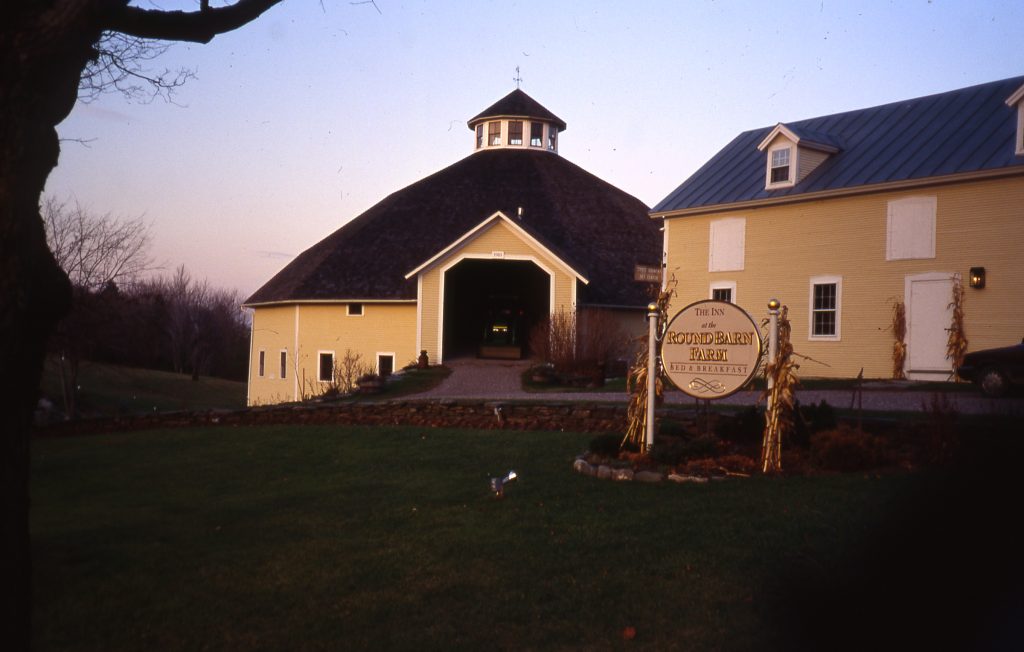Community overview
Residents of the Mad River Valley community of Waitsfield are proud of the Town’s scenic beauty and cultural heritage. The broad floodplains that flank the meandering Mad River, and the level plateau that lies between the Mad River and the Northfield Mountain Range, have been actively farmed for over 200 years. Maintaining the community’s historic settlement pattern, defined by historic Waitsfield Village and the adjacent modern growth center of Irasville, surrounding agricultural land and the undeveloped Northfield Range – has been an ongoing effort that has involved a range of tools, including innovative development regulations and an active land conservation program.
Tools you can use
Adaptive re-use of historic barns
Farming remains an important source of economic activity in Waitsfield, although farms are fewer and larger than years past, when scores of small dairy farms dotted the landscape. A remnant of those earlier days remain in the form of several dozen large dairy barns, many of which have been separated from a productive land base and are no longer used for agriculture.
The cost of maintaining large historic barns can be considerable. Consequently, Vermont communities have seen the steady loss of the state’s cultural and architectural heritage as hundreds of large barns have fallen into disrepair and abandonment. In Waitsfield, a desire to concentrate most commercial and civic land uses into locally designated growth centers meant that owners of historic barns had few options for using their barns in a manner that would produce income. At the urging of several barn owners and the local historic society, the Town explored options that would give historic barns a new economic life.
In the mid-1990s, the Town voted to adopt an Adaptive Re-use provision that gave several options for landowners that are not otherwise allowed in the Town’s Agricultural-Residential District (where most agricultural lands, and barns, are located). Since the provision was passed, several barns have been renovated and put to new uses, including a wood-working shop, performing arts space and meeting facility associated with an existing inn.

Lessons Learned
- The renovation and re-use of historic structures is an important smart growth principle, and local regulations should take special care to not regulate historic resources to the point that they are no longer economically viable.
- It is important to involve owners of historic barns in the process of drafting adaptive reuse regulations to understand the challenges they face in maintaining the structures, and the range of uses that are feasible.
- Communities must be careful in allowing uses in barns that are not otherwise allowed in a district or area of town, and draft standards to ensure that those uses do not adversely affect the surrounding area or otherwise undermine the communities’ land use plan
Related Issues
Related Tools




